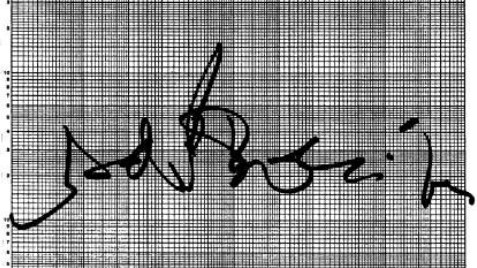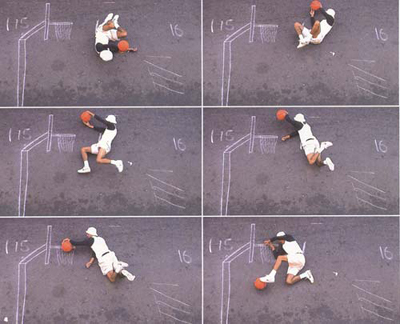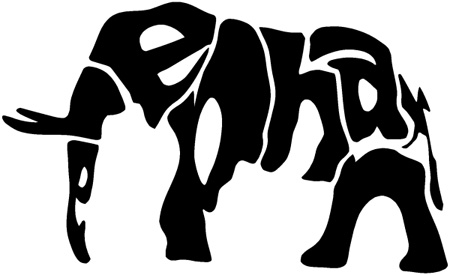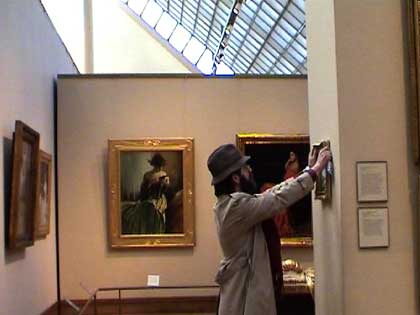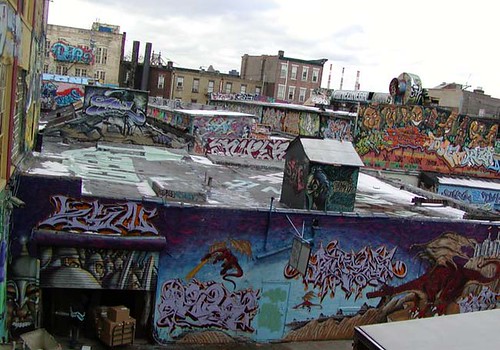This just in: Graffiti Archaeology is officially back up and running!
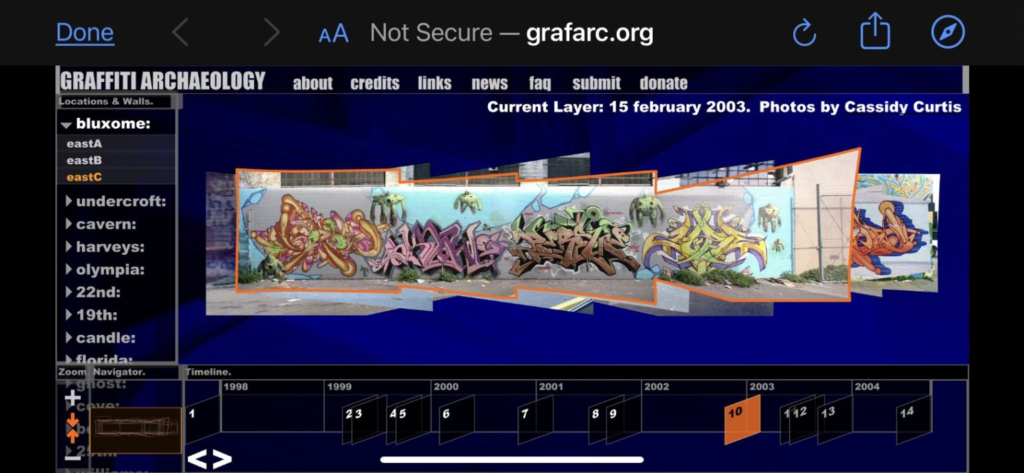
The web app had been languishing for years, as more and more developers stopped supporting the Flash player it depended on: first Apple refused to allow it to run on iOS, and then Google’s Chrome browser stopped allowing it, and finally in 2020 Adobe retired the format entirely. But then last year, I learned about Ruffle.rs, a shiny new Flash player emulator developed in Rust. I tried it out, but it had some missing features that broke our user interface. So I filed a bug report, but I didn’t have great expectations that it’d get fixed anytime soon. After all, it’s an open source project run by volunteers, who I’m sure have much more important things to do than fixing bugs in weird old web art projects.
Well, this weekend, one of Ruffle’s amazing and generous developers went ahead and added the missing feature. And just like that, our app is up and running again! Not only that, but it runs in places it has never run before, like iPhones and other iOS devices!
The experience on iOS isn’t perfect, mainly because we developed the UI for desktop computers with keyboards and mice, not touchscreens and thumbs (remember, this was about five years before the first iPhone came out!) Some features, like the tooltips that appear when you hover over a button, will never work on a touchscreen, because there’s no such thing as hovering without clicking. Other things just feel clunky, like the fact that you can’t pinch to zoom (another now-ubiquitous UX metaphor that hadn’t yet been popularized.) But even with those limitations, seeing our twenty-year-old project running on modern hardware is a total thrill.
I’m incredibly grateful to the Ruffle developers for making this possible. The world may be a mess, but communities like this are a good reminder that sometimes, if we work together, we can have nice things.


